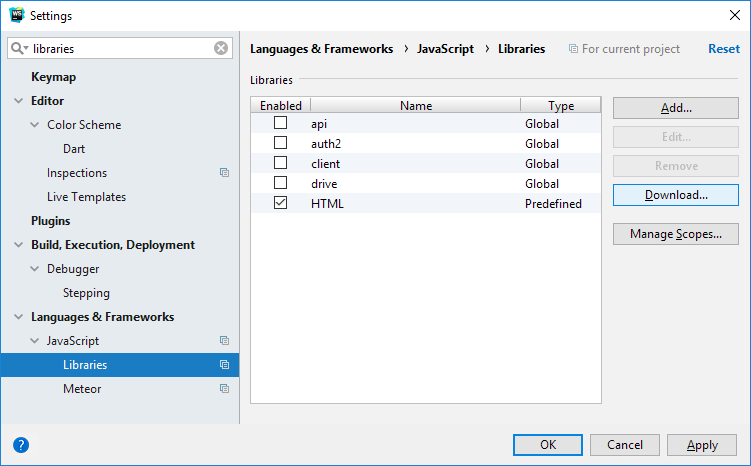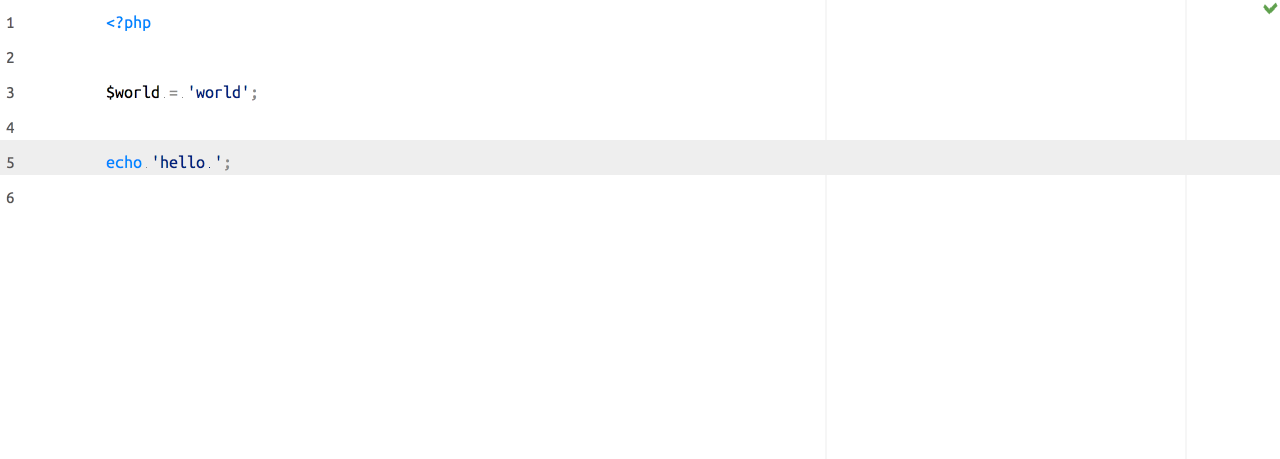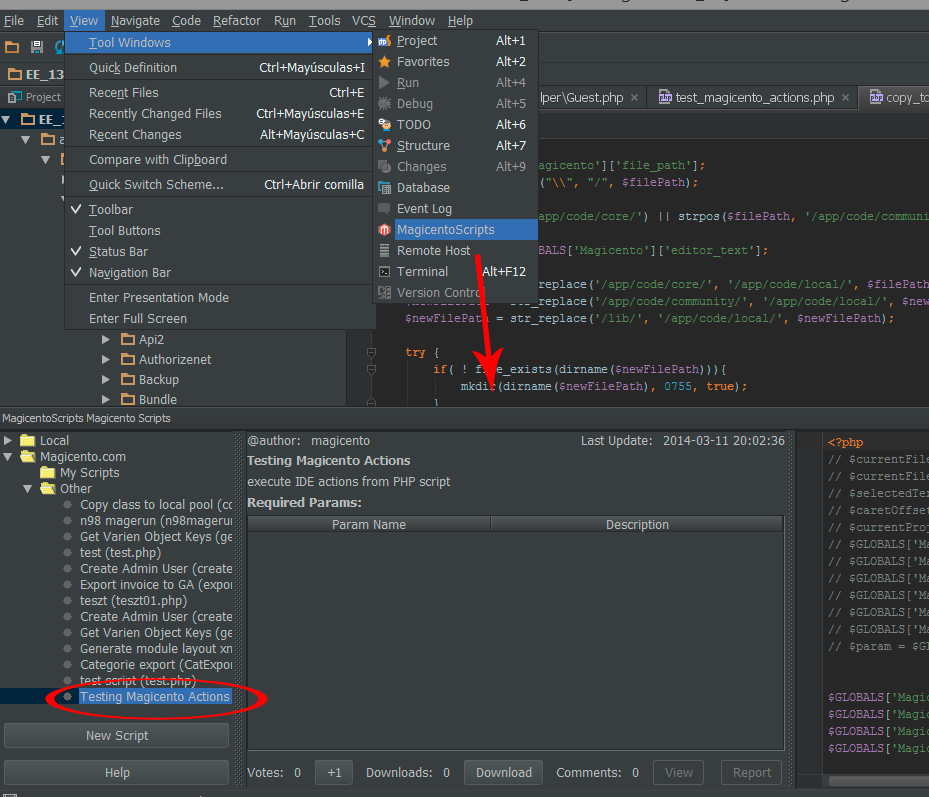
- #Jetbrains webstorm copy relative path install
- #Jetbrains webstorm copy relative path zip
- #Jetbrains webstorm copy relative path download
Select Global Libraries, then the “ +” button to add a new Global Library from Maven.Įnter :groovy-all:2.4.12 in the input field, and press OK.
#Jetbrains webstorm copy relative path download
However, IntelliJ provides a handy functionality to automatically download Maven libraries and link them to the IntelliJ project/module. In Eclipse, for non-Maven projects, libraries have to be manually downloaded and added into the classpath. The first two are available from the public Maven repository, while the last one needs to be retrieved from the CPI tenant following the approach detailed in my earlier blog post. In order to proceed with local development of Groovy scripts in IntelliJ, we would need the following libraries included as dependencies of the module. Once the module has been imported successfully, it will have the following directory structure.Īs mentioned earlier, adding libraries is one aspect of IntelliJ that particularly stands out compared to Eclipse. Accept all the default settings provided by the import wizard. Navigate to the directory containing the extracted CPI Integration Flow, and import the module as an Eclipse model. Next, import the module using File > New > Module from Existing Sources.
#Jetbrains webstorm copy relative path zip
Each CPI integration flow will be imported as a Module in the IntelliJ project.Īs a demo example, the following Integration Flow is created in CPI with just a single step containing the default generated Groovy script.ĭownload the contents of the Integration Flow from Web UI.Įxtract the ZIP file, and move it to the directory of the IntelliJ project. Once you have a skeleton IntelliJ project, you can then proceed to import CPI developments into it. An IntelliJ project is similar to a workspace in Eclipse (refer IntelliJ IDEA vs Eclipse terminology for further details).Ī new project can be created via the Create New Project quick link on the Welcome screen or through File > New > Project menu item. Installation is straightforward, and you can accept the default settings (or tweak them according to your preferences).Īfter the installation, we will begin with creating a new IntelliJ project to house all the development related files.
#Jetbrains webstorm copy relative path install
Since CPI is now running on Java 8, JDK 8 would be a suitable choice.Īnd of course, you will need to install IntelliJ IDEA as well – the free Community Edition would suffice.

Since IntelliJ IDEA and Groovy are running on Java, you will need a JDK installed on your local machine (if it’s not already there). In the following sections of this post, I will show how you can set up IntelliJ for your own Groovy developments.




 0 kommentar(er)
0 kommentar(er)
